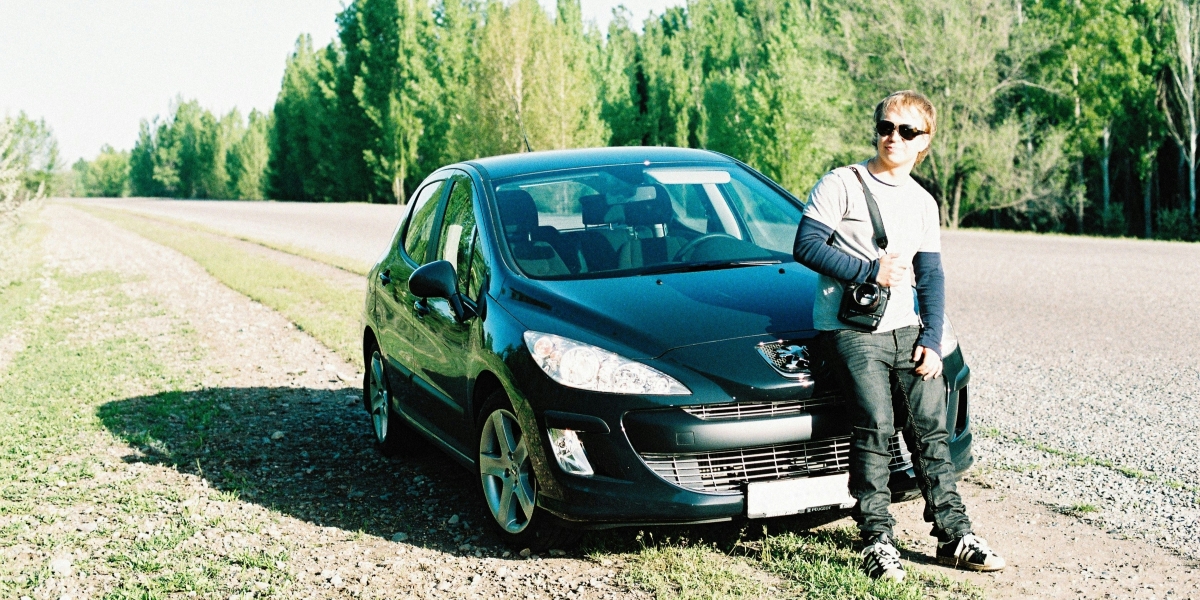In Europe, Australia, and North America, the cost of living is rising. Things that were once considered essentials are now luxuries. People have much less money to spend than they used to a decade ago. Of course, COVID has a lot to do with this. The pandemic is also responsible for driving major change in the way that funerals are held.
This post’s intention is to explore how the rising cost of living is changing funerals and causing evolution in the industry. It will also touch upon how technology is being used a lot more in funerals because of the COVID-19 pandemic.
Rising Cost of Burials
Burying one’s loved ones is no longer affordable. Years ago, you could arrange a plot of land for a deceased person with relative ease. All it usually required was a brief conversation with a churchwarden or parish priest. Now, however, burials can cost a small fortune. Ironically, the plot of land and actual burial are usually the cheapest expenses when arranging somebody’s funeral. Coffins, catering, venue hire, and transportation can cost tens of thousands of dollars. The average person is no longer able to pay for an extravagant send-off for their deceased loved ones because of how much everything costs, combined with the rising cost of living.
So, how are people burying their loved ones now funerals are out of budget? The answer is: They’re not! Rather than burying deceased people traditionally, more people are turning to cremation. Not only are cremations more affordable, but urns also allow you to keep your loved one at home with you for the rest of your life. It is even possible to buy lockets that you can store small amounts of your loved one’s ashes in, allowing you to carry them around with you.
Cremation Rates
In the United States, Australia, and the United Kingdom, more people are being cremated than ever before. This is due to the reasons mentioned in the previous section. An added bonus of cremations is that they are more sustainable in terms of land use. Another benefit of cremations is that they are much easier to organize. It’s still common for people to hold wakes after cremations, though they are much cheaper, mainly because funeral processions and arrangements do not need to be made, meaning those planning them can save themselves small fortunes.
COVID’s Impact
As mentioned in the introduction to this post, COVID-19 has had a significant impact on how funerals are arranged. During the pandemic, governments around the world restricted the number of people allowed at funerals. This led funeral directors to begin webcasting, enabling family members and friends unable to attend to see their loved ones’ burials. Webcasting is still popular today, with some people actually opting into webcasts, rather than attending burials themselves. It’s especially common for elderly people to do this when it is flu season, as watching streams protects them and prevents them from picking up any viruses.

The Cost of Living
It would be impossible to talk about how inflation and rising cost of living have impacted the funeral industry without giving them their own dedicated section. There are a multitude of reasons why things are more expensive today than they were several years ago. COVID is, without a doubt, one of the most significant. COVID’s impact on the economy was devastating. Of course, the ongoing conflict in Ukraine has also had a negative impact on the cost of everyday essentials. A large amount of the world’s food actually comes from Ukraine, which is why supermarket prices have risen. A lot of aid has been sent to Ukraine, too.
Because people do not have as much money to spend on luxuries, the funeral industry has suffered. Directors have had to adapt to this, offering webcasting, as noted above. There has also been a massive shift towards cremations, as they are more affordable and are a much better option for people who want quiet, solemn goodbyes. Funerals can be very busy occasions, with lots of people in attendance. While such events can be a great way to share grief with others, people who suffer from anxiety or who do not like public displays of grief tend not to find comfort in them.
Changes In the Future
It is impossible to predict how future changes in the economy will impact the funeral industry. One thing is for certain, though: Cremations are going to continue to rise in popularity. Not only are they more economical, but there are many more benefits to them than there are funerals.
The global cost of living crisis has changed the funeral industry, as this post has made clear several times already. Whether you’re planning a funeral or just want to learn about changes in the industry, hopefully, this post has helped you gain a little insight.





